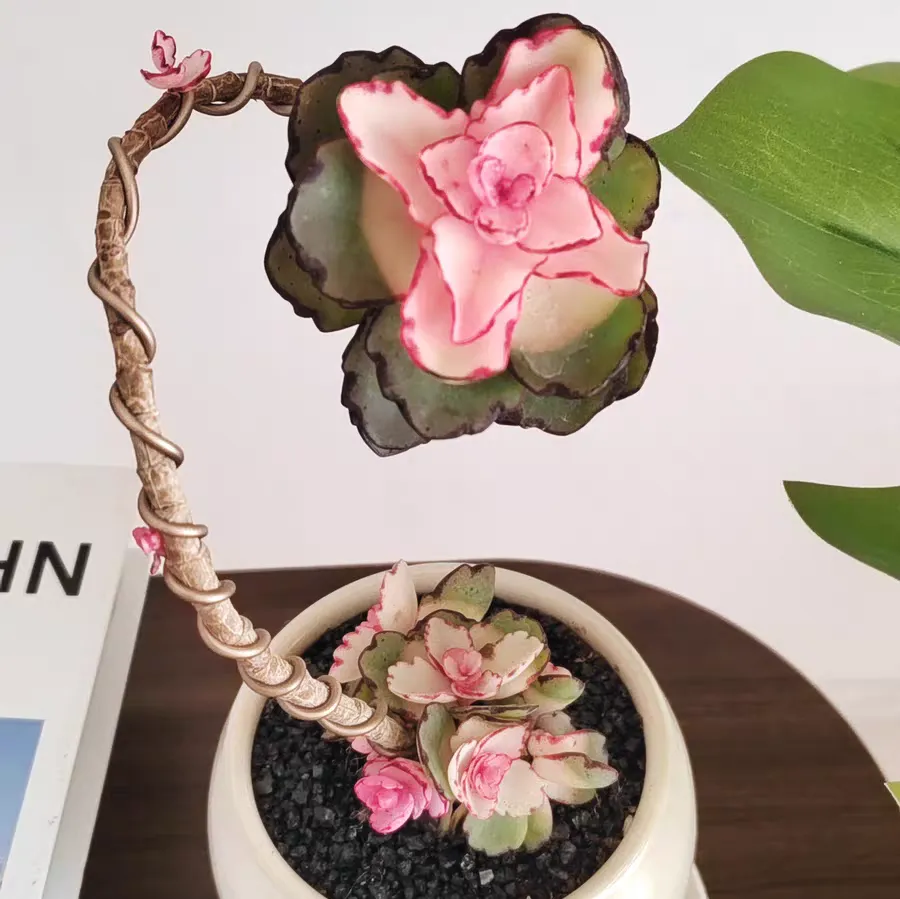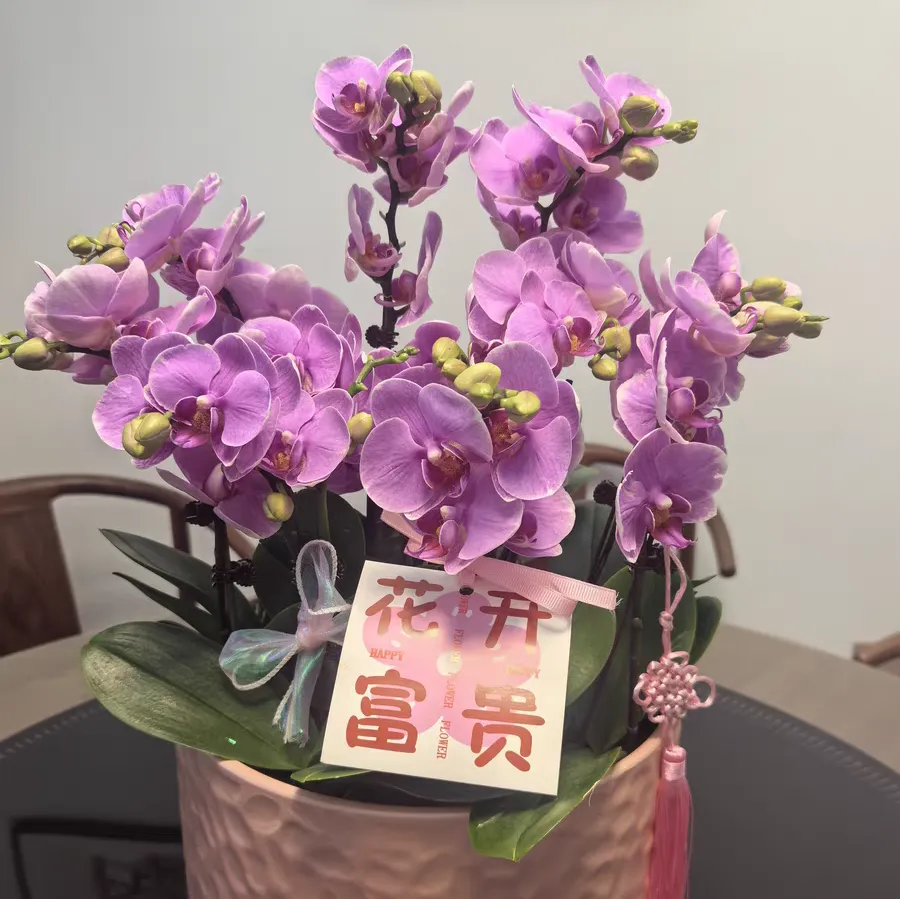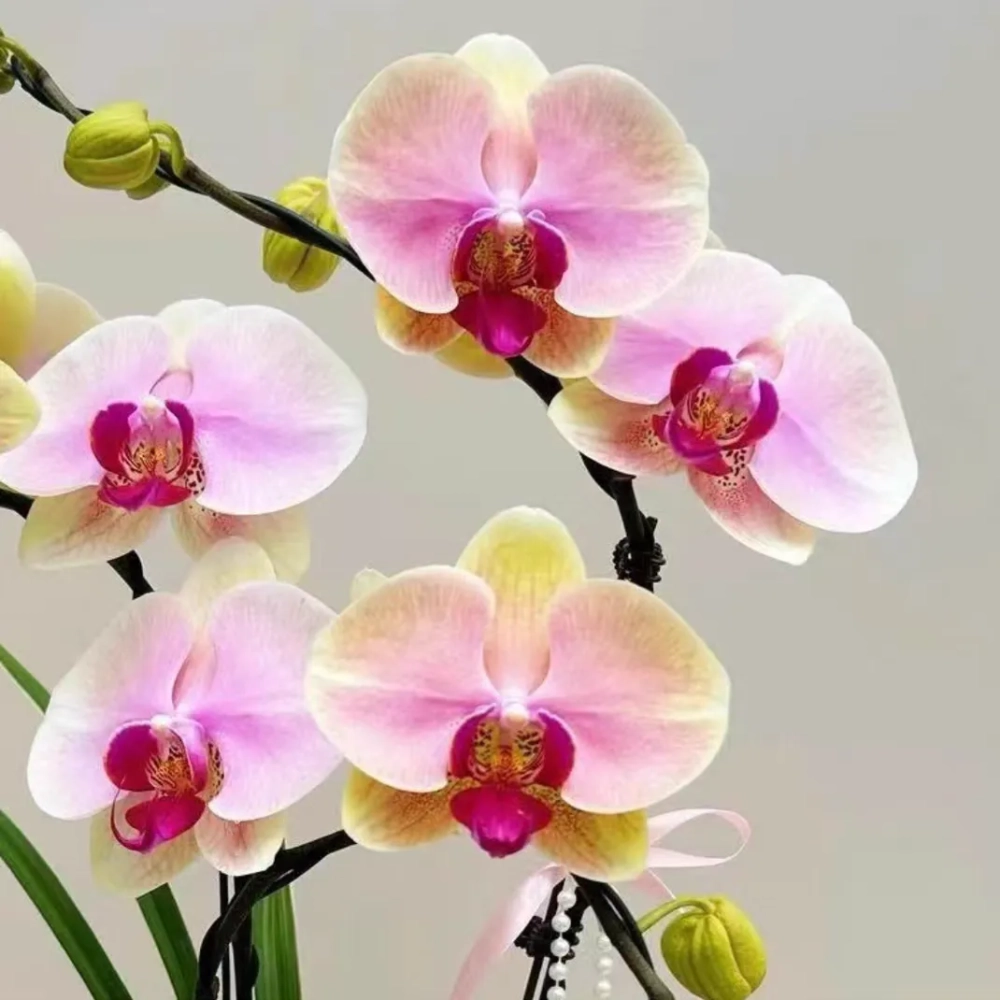It's very common to accidentally overwater plants when taking care of them! Don't worry. When you've watered a plant too much, you can take the following remedial measures.
1. Stop watering immediately: Stop watering right away and keep a close eye on the roots and the soil. Consider subsequent maintenance only after the soil is completely dry. Continuing to water will cause the roots to lack oxygen and rot, endangering the life of the plant.
2. Improve the environment: Move the plant to a place with good ventilation and appropriate lighting, and suspend the flower pot, for example, place it on an elevated flower rack. Good ventilation and lighting can accelerate the evaporation of water, form a dry-wet cycle, and are beneficial to the growth of the roots.
3. Accelerate evaporation: Use a clean chopstick to poke holes in the soil surface, with a depth of 3 - 5 centimeters and an interval of 5 - 8 centimeters, which can be adjusted according to the situation of the flower pot and the soil. These small holes can increase the contact area between the soil and the air, accelerating the evaporation of water.
4. Clean up the rotten roots: If you find that the roots are soft and rotten, use a disinfected pair of scissors to cut off the rotten parts until the healthy tissues are exposed. Dig out the surrounding soil, and then soak the roots in a mixture of carbendazim and rooting solution for half an hour to sterilize and promote root growth.
5. Remove the remaining flowers and withered leaves: Remove the flowers and fruits in a timely manner, and also get rid of the yellow and withered leaves at the bottom. These parts will consume nutrients, which is a considerable burden when the plant is weak. Moreover, the withered leaves may become a breeding ground for pathogens.
6. Sun-dry the soil and replant: After dealing with the roots, place the plant with the soil in a dry, ventilated place with diffused light for 1 - 2 days. When the soil is moderately dry, select a suitable flower pot and breathable soil for replanting. Water an appropriate amount of settling water, and pay special attention to subsequent maintenance.
After taking the remedial measures, never water the plant frequently again. Keep observing the plant's condition at all times. If the leaves are still yellowing and withering, it may mean that the roots are seriously damaged and need to be checked and dealt with again. By mastering these small tips, you can easily deal with the problem of overwatering and let the plants at home thrive!
What are the remedial measures when a plant is overwatered?

Share with
Tagged in :



Leave a Reply